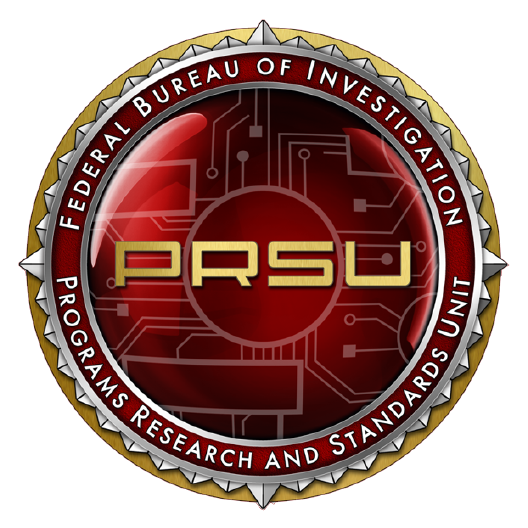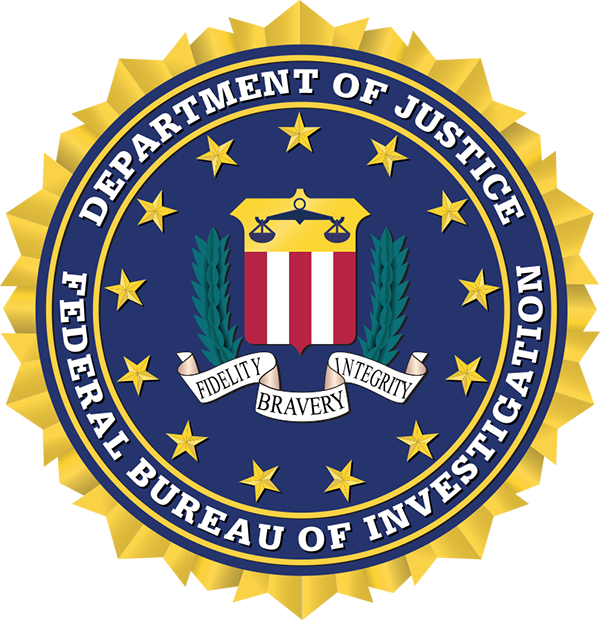What We Do
Our Background
For nearly 100 years, inked fingerprint cards were accepted within the criminal justice community as the standard means for recording and storing fingerprint identification data. With revisions to content, format, and quality of image capture, fingerprint cards evolved into an accepted international standard for the exchange of fingerprint, identification, and arrest data between criminal and non-criminal justice agencies. To support rapid identification and exchange of information, the FBI launched the Integrated Automated Fingerprint Identification System (IAFIS) in July 1999. This improved the speed and accuracy of the fingerprint identification process, reduced manual processing, and eliminated the need for contributing agencies to create and transport paper fingerprint cards to the FBI.
The ANSI/NIST Information Technology Laboratory (ANSI/NIST-ITL) was established in collaboration with the ANSI, NIST, and fingerprint identification community. The ANSI/NIST-ITL 1-2011 standard, titled the “Data Format for the Interchange of Fingerprint, Facial, and Other Biometric Information,” and its accompanying Errata document defines the content, format, and units of measurement for the exchange of information that may be used in the biometric identification of a subject. The ANSI standard was intended for use in the interchange among criminal justice administrations or organizations that use an automated fingerprint identification system (AFIS) and to provide a common interface for other AFIS and related systems worldwide. Later revisions to this standard have added information regarding additional biometric modes of identification such as palm, face, and iris recognition.
Extended Feature Set (EFS)
The EFS is a quantifiable, standard means of characterizing the information content of a fingerprint or other friction ridge image, for use in both latent print examiner’s casework and when searching Automated Fingerprint Identification Systems (AFIS). The EFS is part of the ANSI/NIST-ITL 1-2011 standard, which is the basis for biometric and forensic standards used around the world. The EFS makes latent AFIS interoperability possible. The EFS defines the features used in vendor-neutral latent fingerprint/palmprint AFIS searches, enables cross-jurisdictional searches that would not otherwise be practical, and provides information to allow examiners to manage their time effectively by trading off between examiner markup time and increased accuracy. The EFS is based on broad consensus, does not require specialized instructions for use with a specific vendor’s system, and can be processed by all major vendors. The FBI's Next Generation Identification (NGI) System relies on EFS in its Electronic Biometric Transmission Specification (EBTS).
While the aforementioned ANSI standard provides the guidelines for the exchange of biometric information between various federal, state, local, tribal, and international systems, the EBTS defines requirements that agencies must adhere to when electronically communicating with the FBI's NGI System. The FBI's EBTS and its future revisions will inherit the basic requirements for logical records set forth in the ANSI standard. However, the FBI-specific requirements for the ANSI/NIST implementation of Logical Records Type 2, Type 7, Type 9, Type 10, Type 13, Type 14, Type 15, and other record types are contained in the EBTS.

